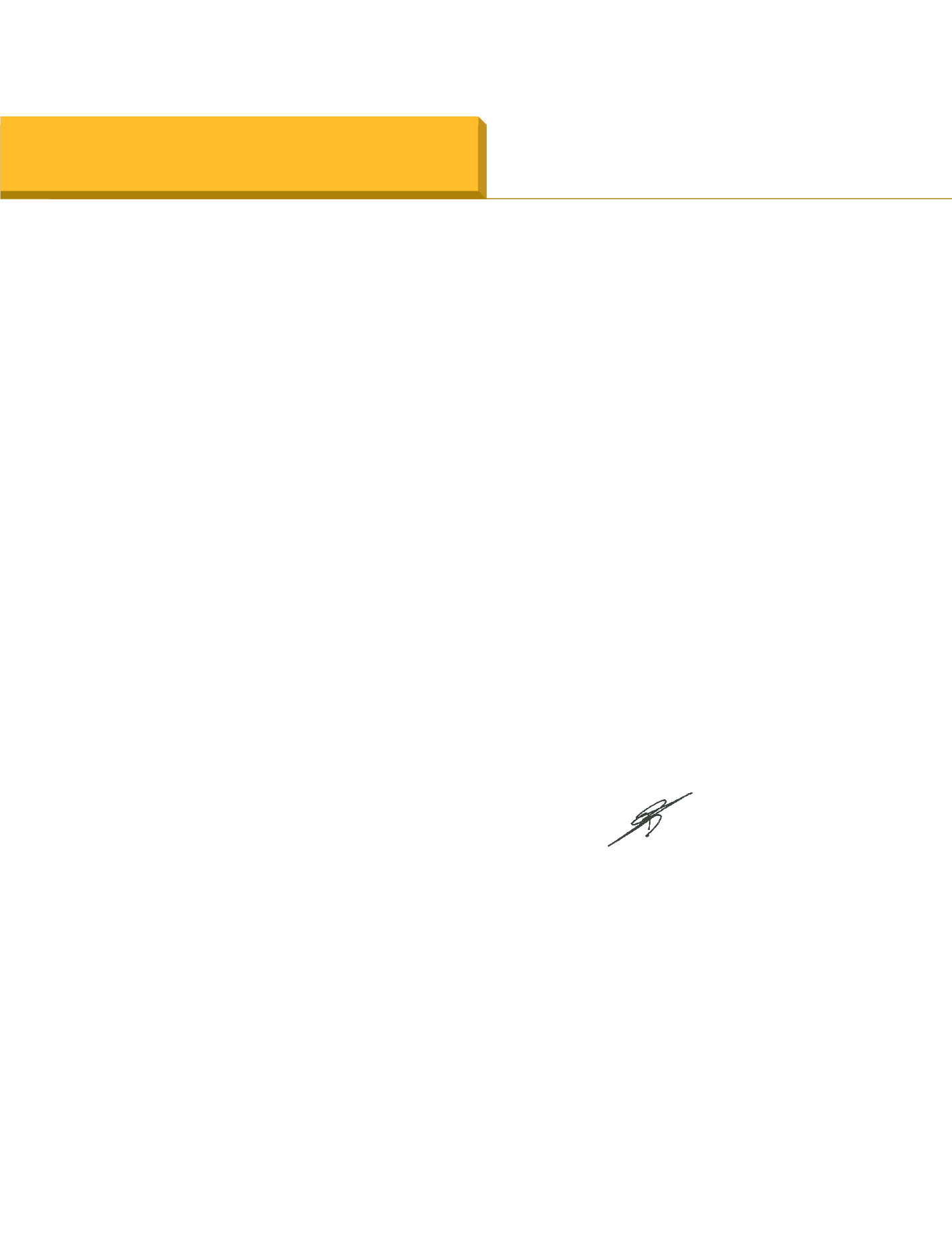
VAKIFBANK
ANNUAL REPORT 2015
20
MESSAGE FROM THE CHAIRMAN
Esteemed Stakeholders,
After the global crisis, developed nations such as the
USA and the EU have had recourse to quantitative
easing to prompt the recovery of their economies
until 2014. In 2014 and 2015, the monetary policies
pursued by developed countries’ central banks started
to diverge. The Fed ended its third quantitative
easing program in October 2014 and announced its
decision to raise interest rates in December 2015, for
the first time in nearly 10 years. With this decision,
the Fed increased its policy rate by 0.25 percentage
points to the interval of 0.25-0.50%. In the statement
issued after the meeting it was indicated that rate
rises would continue gradually in the coming period.
Following this rate rise, anticipated with anxiety by
global markets since early 2015, uncertainties about
monetary policy were reduced and the decision had
an overall positive effect on the markets.
As for the Euro Zone, which was expected to end
the year 2015 on a relatively more positive note
compared to 2014, the latest data suggest that
economic activity has lost some of its momentum in
recent months. Europe has been fighting against low
inflation and high unemployment levels for a number
of years, and quantitative easing policies designed
to bolster economic activity have continued in 2015.
The European Central Bank (ECB) decided to extend
its monthly EUR 60 billion asset purchase program,
initiated in March 2015, until March 2017.
Developed and developing economies alike continued
their fight against inflation in the year 2015. In Japan,
worries remained about the low inflation rate -despite
the ongoing quantitative easing program. In the third
quarter of 2015, the Japanese economy, the world’s
third largest at the present, entered recession for the
second time in two years in technical terms.
Continuing to positive a downside risk for global
growth, China adopted a number of measures such
as devaluation to speed up its economic growth,
however, without being able to reach the much
anticipated recovery. In the coming period, the
Chinese government is expected to focus on slashing
excess capacity in industry, reducing the real estate
inventory, and bring down companies’ costs.
The Turkish economy, on the other hand, grew
by 2.5% in the first quarter of 2015, followed
by 3.8% in the second. In the first nine months,
the economy expanded by 3.4% year-on-year
in real terms. As electoral uncertainties were
overcome, investments picked up and exports
headed upwards, which are expected to bring
Turkish economic growth to at least 4% in 2016, as
targeted in the Medium Term Program.
Pursuing a policy focused on price stability as well
as financial stability, the Central Bank of Turkey
maintained its tight monetary policy stance in 2015,
announcing that its monetary policy decisions in the
coming period will depend on inflation data.
In 2015, in the context of these global and domestic
developments, the Turkish banking sector grew by
18.21%. In 2015, too, loans remained a decisive
factor underlying asset growth and the weight of
loans in total assets reached 62.98%. In the same
period, deposits grew by 18.31% over the prior year
and accounted for 52.83% of funding resources.
Non-deposit sources, viewed as the alternative
financing resource of the banking sector, displayed in
August 2015 their fastest ever rise since April 2014,
increasing 19.76% year-on-year to reach TL 849.8
billion. Non-deposit sources came to account for
36.05% of total liabilities. The net profit for the period,
which had headed down in the first half of 2014,
tilted upwards in 2015 with the contribution of the
base effect, yet lost steam in the third quarter. As a
result, the net profit for the period increased by 5.90%
on an annual basis.
As the Turkish banking sector preserved its robust
structure and maintained its growth performance,
VakıfBank also continued to grow and brought its
total assets to TL 182,947 million in 2015. The Bank’s
net profit reached the order of TL 1,930 million. I am
fully confident that the Bank, powered by Turkey, will
continue to make significant strides in the coming
period towards its objectives, and further raise its
profits with the support of its customers, shareholders,
investors and hard-working employees. I would like
to take this occasion to offer my gratitude to our
customers, employees, shareholders and investors for
their contribution to our success in 2015.
Yours sincerely,
RAMAZAN GÜNDÜZ
Chairman
As the Turkish banking sector preserved its robust structure
and maintained its growth performance, VakıfBank also
continued to grow and
raised its total assets to
TL 182,947 million in 2015.
OF THE PUBLIC SECTOR SHARING ITS SUCCESS
WITH TURKEY
THE PRIVATE BANK


